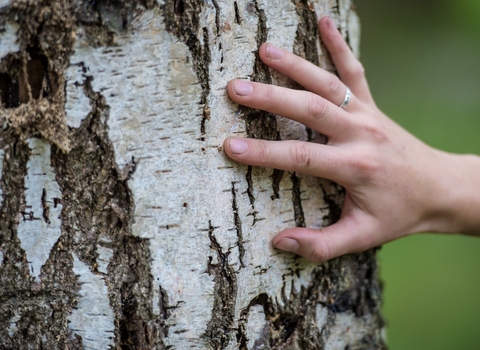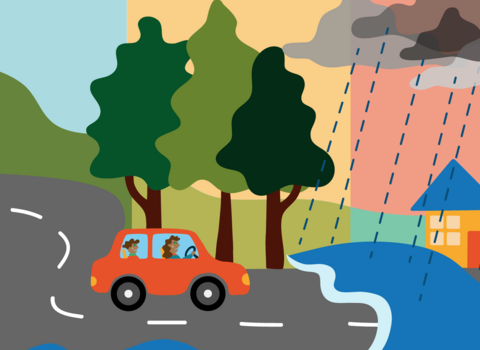COP26 (the Conference of Parties) has been taking place in Glasgow, Scotland this week. World leaders have congregated to discuss how the climate crisis should be addressed and how we will meet net-zero emissions and limit global temperature rise to 1.5C. The conference takes place between 31 October to 12 November. Here are some of the outcomes of COP26 so far:
- More than 100 countries have promised to reverse deforestation by 2030, this will not only give back habitats to wildlife species depending on woodlands and forests but also increase the capacity of carbon storage as woodlands store billions of tonnes of carbon across the world.
- A pact to cut 30% of methane gas emissions by 2030 has been made, though big emitters such as China, Russia and India have not yet signed the agreement. Methane gasses are good at trapping heat and so contribute to global warming.
- Several countries have committed to converting to clean energy and putting an end to the use of coal, a fossil fuel that releases carbon dioxide into the atmosphere when burned.
So far, we have not seen enough commitment to addressing nature's recovery from COP26. The Wildlife Trusts have developed a report, Let Nature Help, which explains how integral the role of wildlife is in tackling climate change and limiting global temperature rise.
We have already started to see the local effects of rising temperatures on wildlife - drier summers of 2019 led to droughts in our precious chalk streams and this was detrimental to species living there such as brown trout, crayfish and watercress.


